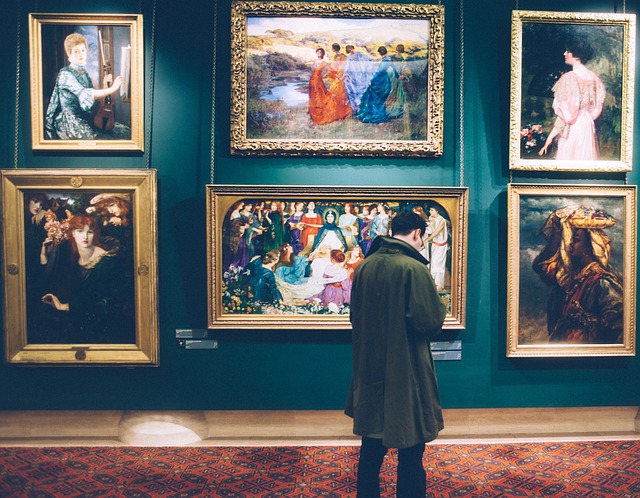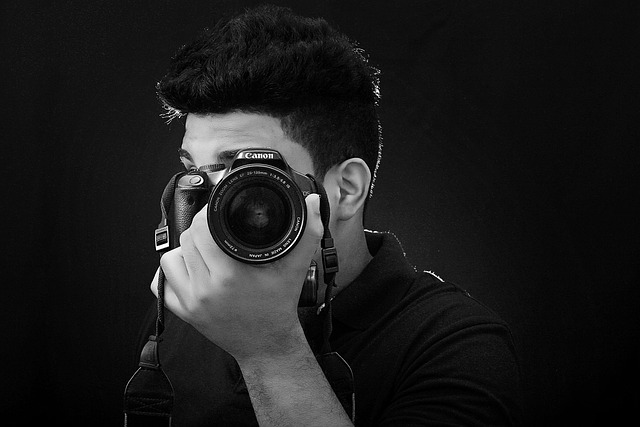
Visual art is that which can be appreciated through the sense of sight.
The concept of visual art is made up of two very different terms, which we will explain below: art and visual .
Art is a word that serves to refer to those creations made by man , through which he expresses his sensitive vision of the world, whether real or imaginary. To do this, the artist relies on a series of resources that are at his disposal; They can be plastic, linguistic or sound. Art was born with a ritual or magical function and mutated until it became an aesthetic and even recreational issue.
The term visual comes from a Latin word that is linked to what belongs to or is related to vision (sense that allows detecting and interpreting light and the ability to see that living beings in the animal kingdom have thanks to their natural systems).
What is visual art
Taking these clarifications into account, we can say that visual art is a term related to those works that can be appreciated primarily through the ability of sight, such as painting , photography or cinema (although this also includes sound).
Three-dimensional works, such as sculptures , are usually included in the group of plastic arts . In any case, there are interdisciplines that are called visual, because they combine various techniques so that the work can be appreciated in a broader way; such is the case of visual poetry.

Photography is a visual art.
Emergence of the concept
The concept of visual art emerged after the Second World War to name the arts that involve visual perception. Painting (which can be seen from the pigments that are applied to a surface) and photography (the recording of light patterns in a sensitive medium), therefore, are two of the greatest exponents of this type of art.
The composition of visual art is developed taking into account various issues, such as the relationship between figure and background (to influence the perception of what is seen), the contour , the grouping of elements (due to proximity, continuity or similarity) and pregnancy .
Poetry as visual art
Visual poetry is a branch of poetic expressiveness that is combined with other arts, such as painting, photography or even theater; It belongs to the set of disciplines that are included in experimental poetry, to which they also belong (phonetic poetry and object poetry).
Visual poets , instead of developing poems based on an idea and expressing it solely through words, fuse it with figures, movements and other resources that allow the recipients of said poetry to appreciate it from different perspectives.
The origin of this visual art is as old as poetry itself . We should travel to 300 BC, a time in Greece when the poet Simmias of Rhodes wrote verses in the form of calligrams. It was a small poem without a predetermined order: it could be read in different ways, acquiring very varied meanings. Later, authors such as Apollinaire, Guillem Viladot and José Juan Tablada were responsible for taking up Simmias's aesthetics and converting this type of experimental poetry into another discipline within the multiple forms that poetry has taken over time and throughout the world. world.
Currently, visual poetry is very present in the new media; Thanks to social networks, this type of visual art has a space conducive to its instant dissemination throughout the world and a wide audience that enjoys it.
Expert word
About visual poetry we talked with Rocío Cerón , an experienced Mexican author with a presence on X and Instagram who has won the Gilberto Owen National Literature Prize and the See America Travel Award , among other awards:
– What is needed or what must be taken into account when starting out in the field of visual poetry?
An understanding of taking languages outside of languages; that is, take them to their limits and cross them. In visual and experimental poetry, signs must be derived towards intersemiotic systems in which textual signs are transmuted into other materialities.
Rocío Cerón
